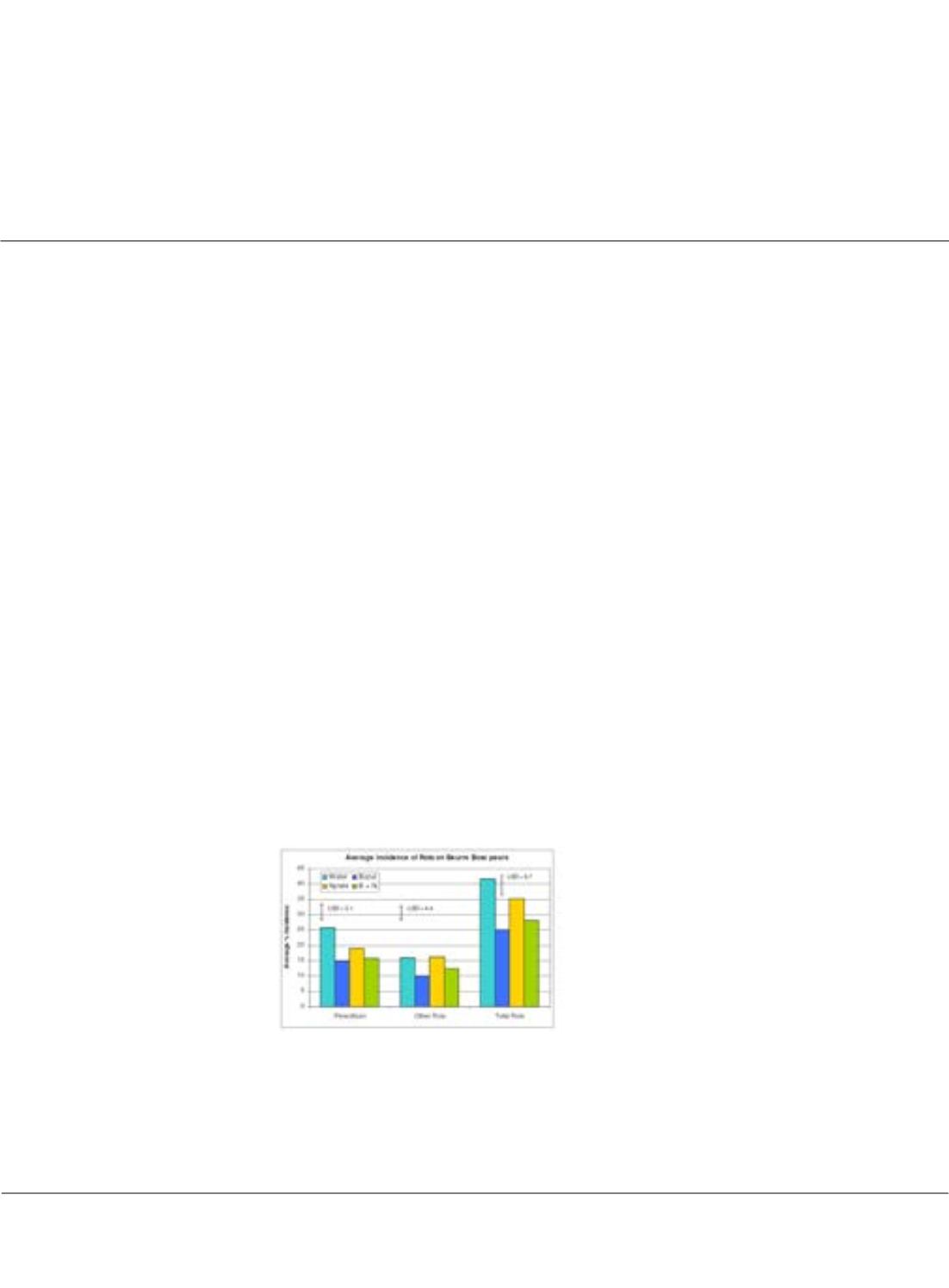

Page 42
conferenceseries
.com
Volume 07
Advances in Crop Science and Technology
ISSN: 2329-8863
Agri 2019
August 15-16, 2019
August 15-16, 2019 | Rome, Italy
14
th
International Conference on
Agriculture & Horticulture
Sarah Bliss, Adv Crop Sci Tech 2019, Volume 07
Technology improves future pre and post-harvest treatments for agriculture
Sarah Bliss
Wobelea Pty Ltd, Australia
Q
uality water, filtration and minimal chemical use is the future way to provide healthy safe produce. Focus has
shifted dramatically as concerns with Food Safety and Quality Control become important to growers and
consumers.
Understanding the chain of food handling, providing education and solutions, using chemicals within correct
parameters and ensuring wash or irrigation water has reduced pathogen loading will enhance Food Safety and
reduce risk of crop loss and human health scares.
Our research shows advantages of using disinfectant actives to reduce level of pathogens found pre harvest, post-
harvest, on equipment and in storage and transport. Disinfection systems that incorporate sand filtration and
automatic chemical dosing are effective in reducing pathogen loading whilst controlling the amount of chemical
used. Minimal by-products (dependant on disinfectant used) are formed in recirculated wash water and can be
maintained by the addition of fresh water. Alternatively run to waste systems can be used. Water that passes through
sand filters or slow speed filtration (IHD Knoxfield, 1999) effectively removes a large percentage of fungi and bacteria
loading. Efficacy was shown at reducing Fungi spores from 60 spores/ml to 10 spores/ml when a sand filter with
flocculant was used.
Our research growth consists of reviewing farm management practises, ensuring water quality is free of pathogens
and developing a new formulation based on known food additives and other actives, as a pre harvest and post-
harvest spray to remove pathogen loading. Water quality is of utmost importance in the growing and washing of
produce. Consumers demand quality produce that is free of harmful pathogens.
Conclusion:
Combining the use of filtration and disinfectants significantly reduces pathogen loading on wash water
and irrigation water. Education is required on chemical selection, defining critical control points from growing
crops, washing and packing, storage and transport to end customer.
Biography
Sarah Bliss has been involved with Wobelea Pty Ltd since 1991. During this time the first post-harvest disinfectant for agricultural fruit and vegetable washing in
Australia was developed by Wobelea Pty Ltd. In recent years Sarah has worked on developing new technology based on food additives for pre and post-harvest
applications in the agricultural industry. Sarah has commented on the issues surrounding Melon Safety and pathogens affecting Mango’s and is passionate
about ensuring new knowledge is passed onto growers. Sarah has worked ensuring recent field trials of the new technology were developed in conjunction with
Peracto Pty Ltd, Tasmania (2017-18) to ensure efficacy and residue data were collected to support registration. Sarah is passionate about correctly identifying
critical control points from paddock to plate and using new technology to disinfect water to allow for future opportunities to bridge the gap between technology
and growers. Knowledge is key to ensure quality water is used on growing crops to reduce harmful pathogens in the field, thus reducing the pathogen loading
in the packing, storing and transport of produce.
sarah@wobelea.com.auNote: Trials and report prepared byAgriculture
Victoria Services, Attwood. (2009) in
conjunction with Wobelea Pty Ltd.


















